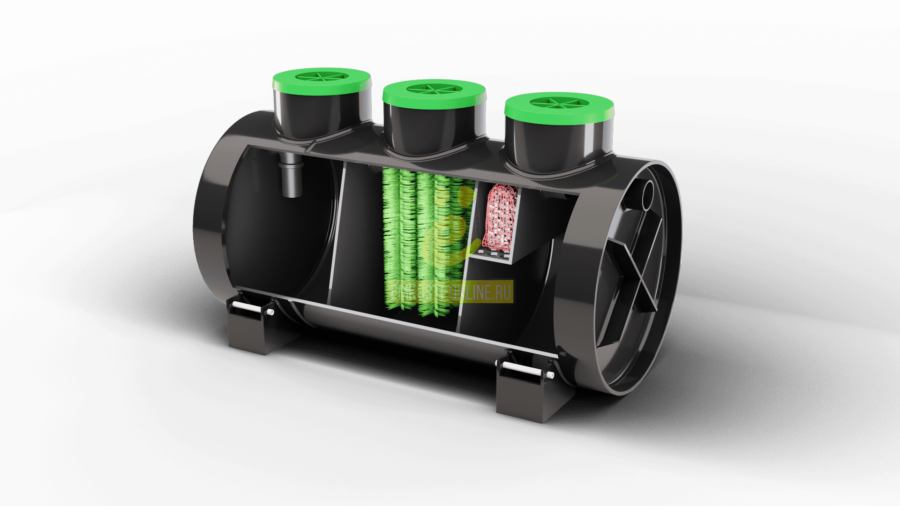Introduction: How Long Does It Take to Replace a Septic System?
Replacing a septic system is a significant undertaking that requires careful planning and consideration. Whether you’re facing a malfunctioning system or upgrading to meet new regulations, understanding the time frame involved is crucial. In this article, we will explore the factors that influence the duration of septic system replacement, providing you with valuable insights to help you navigate this process efficiently.
To gain a comprehensive understanding, let’s delve into the key factors that impact the timeline for septic system replacement. These factors include the size and complexity of the system, site conditions, permitting requirements, and the availability of skilled professionals. By considering these aspects, you can better estimate the time required for a successful septic system replacement.
To provide a clear overview, let’s take a look at the following summary table, highlighting the average time frames for different stages involved in septic system replacement:
| Stage | Time Frame |
|---|---|
| Assessment and Planning | 1-2 weeks |
| Permitting Process | 2-6 weeks |
| Excavation and Installation | 1-2 weeks |
| Inspection and Approval | 1-2 weeks |
| Restoration and Landscaping | 1-2 weeks |
Please note that these time frames are approximate and can vary depending on various factors specific to your situation. Now, let’s delve into each stage in more detail to understand the process involved in replacing a septic system.

Remember, septic system replacement is a complex task that requires professional expertise and adherence to local regulations. By understanding the timeline and following the necessary steps, you can ensure a smooth and efficient replacement process. So, let’s proceed to the main text, where we will explore each stage in detail.
(Note: The practical recommendations will be provided in a separate message.)
The Process of Replacing a Septic System
Replacing a septic system involves several stages, each requiring careful attention and adherence to specific guidelines. Let’s explore each stage in detail to understand the time frame and considerations involved.
1. Assessment and Planning
Before embarking on a septic system replacement, a thorough assessment of the existing system is necessary. This stage involves inspecting the system’s condition, determining its capacity, and evaluating any potential issues. Additionally, a site evaluation is conducted to identify suitable locations for the new system.
- Hire a qualified septic professional to assess the system and provide recommendations.
- Obtain necessary permits and approvals from local authorities.
- Consider the size and complexity of the system, as well as any required modifications.
The assessment and planning stage typically takes around 1-2 weeks, depending on the availability of professionals and the complexity of the project.
2. Permitting Process
Securing the required permits is a crucial step in the septic system replacement process. This stage involves submitting applications, providing necessary documentation, and complying with local regulations.
- Submit permit applications to the appropriate regulatory agencies.
- Provide detailed plans and specifications of the proposed septic system.
- Comply with environmental and health regulations to ensure a safe and efficient replacement.
The permitting process can take anywhere from 2 to 6 weeks, depending on the specific requirements of your location.
3. Excavation and Installation
Once the necessary permits are obtained, the excavation and installation stage begins. This involves digging trenches, removing the old system, and installing the new components.
- Hire experienced contractors to handle the excavation and installation process.
- Ensure proper placement of tanks, drain fields, and distribution boxes.
- Adhere to safety protocols and guidelines during the excavation process.
The duration of this stage typically ranges from 1 to 2 weeks, depending on the complexity of the system and the efficiency of the contractors.
4. Inspection and Approval
After the installation is complete, the septic system must undergo a thorough inspection to ensure compliance with regulations and proper functionality. This stage involves assessments by local health departments or authorized inspectors.
- Schedule inspections to verify the proper installation of the septic system.
- Address any issues or concerns raised during the inspection process.
- Obtain final approval and necessary documentation for the new system.
The inspection and approval stage typically takes around 1 to 2 weeks, depending on the availability of inspectors and any required modifications.
5. Restoration and Landscaping
Once the septic system replacement is approved, the final stage involves restoring the site and landscaping any areas that were disrupted during the installation process.
- Regrade and level the excavation area to restore the landscape.
- Plant grass or vegetation to promote soil stabilization.
- Ensure proper drainage and erosion control measures are in place.
The restoration and landscaping stage typically takes around 1 to 2 weeks, depending on the extent of the excavation and the desired aesthetic outcome.
Conclusions
Replacing a septic system is a complex process that involves several stages, each with its own time frame and considerations. From the initial assessment and planning to the final restoration, it is important to follow local regulations, hire qualified professionals, and prioritize safety.
While the time frames provided in this article are approximate, they offer a general guideline for understanding the duration of septic system replacement. It is essential to consult with local authorities and professionals to get accurate estimates specific to your situation.
Remember, septic system replacement is a significant investment in the long-term functionality and environmental impact of your property. By approaching the process with careful planning and attention to detail, you can ensure a successful and efficient replacement that meets all necessary requirements.
0 Comments